Topics
The Surprising Benefits of Planting Yellow Mustard as a Cover Crop
Cover crop growing tipsIf you’re looking into cover crops, Yellow Mustard has a lot of advantages. Planting yellow mustard in your garden can prevent erosion and suppress weeds. As a cover crop, mustard also loosens up soil that’s become compacted by growing deep roots 1-3 feet below the soil surface. Those roots help Yellow Mustard to scavenge nutrients from a greater depth than most ordinary crops. It's also quick growing and thrives in cool conditions, making it an excellent choice for fall planting.

What are Cover Crops?
Cover crops are becoming more and more popular with gardeners, and with good reason. They help build the soil and contribute to the overall ecosystem in ways that will allow the garden to not only thrive but to get even better as the years go by. They serve to improve soil quality and suppress weeds in a non-toxic manner, and can even loosen soil without extensive tilling that can cause erosion.
Planting Yellow Mustard as a Cover Crop
- Sow Right Seeds Yellow Mustard packages contain enough seed to cover an 8' x 4' bed.
- To plant, broadcast your seeds directly into cultivated soil after you have cleared the area from any crops after harvest.
- Mustard grows best in fall and germinates quickly when the soil is 55-75° F.
- Work seeds in about an inch deep, and you’ll start to see sprouts within 4-5 days.
- Within a few weeks, you’ll have a bed full of mustard greens.
Using Mustard as Green Mulch
This fast-growing cover crop can be worked into the soil as green mulch once it has died off and you work the organic matter back into the soil. Winter cold will kill mustard at 26°F, so some gardeners just wait for a hard winter freeze. If you don’t want to wait for the plants to winterkill (or live somewhere warm), feel free to mow or chop it down yourself and work the plant matter back into moist soil. Do this at any time before the plants go to seed, and you’ll prevent them from self-sowing and becoming a nuisance.
IMPORTANT: Wait three weeks before planting a subsequent crop to allow the mulch to fully break down and incorporate into the soil.
Yellow Mustard as a Biofumigant
Yellow Mustard can help manage soil-borne pathogens and pests like fungi and nematodes thanks to its high levels of glucosinolates. Other plants in the mustard family include broccoli, cauliflower, kale, turnips, kohlrabi, Brussels sprouts, cabbage, and arugula, and they all have these glucosinolates, which are responsible for the heat or spiciness of these cruciferous vegetables. Yellow mustard is popular as a cover crop because it has very high levels of this compound. When the mature plant is chopped or ground up and worked into the soil, a chemical reaction occurs as the tilled matter is exposed to water. If there’s no rain and your soil is dry, water it well to begin the process of breaking down the mustard.

Using mustard as a biofumigant in this way reduces the use of pesticides, which is very attractive to anyone who wants to create a more pollinator-friendly garden.
Resources:
https://www.canr.msu.edu/news/mustard_as_a_cover_crop
https://catalog.extension.oregonstate.edu/sites/catalog/files/project/pdf/em8796.pdf
Written by Teresa Chandler
If you found this information helpful, share it with your gardening friends!





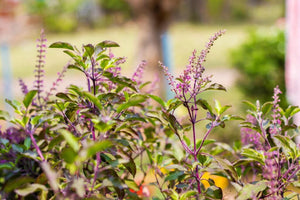
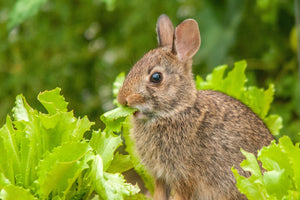
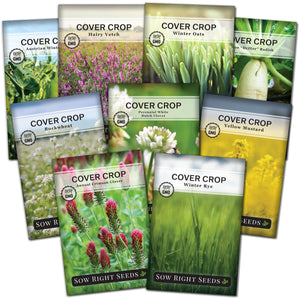
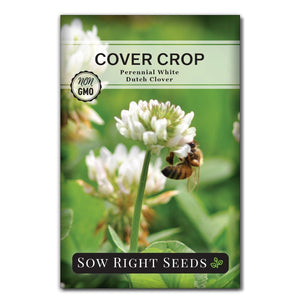
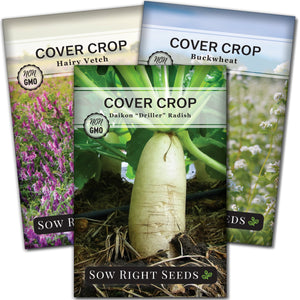
Leave a comment